Liquid Rubbers Ultimate Comparison Of All Types

Table of contents
- The Versatility of Liquid Rubbers
- Types of Liquid Rubbers
- Key Properties: Tear Strength and Elongation
- Applications of Liquid Rubbers
- Embracing Liquid Rubbers in Hobbies and Crafts
- In-Depth Analysis of Different Liquid Rubbers
- Cost Evaluation of Liquid Rubbers
- Advantages and Disadvantages of Liquid Rubber Types
- Future Trends and Advancements in Liquid Rubbers
- Safety Requirements for Liquid Rubber Use
- Innovative Uses of Liquid Rubbers in Restoration and Creative Projects
- Contact Us
The Versatility of Liquid Rubbers
In the ultimate comparison of all types of liquid rubbers, we will show how versatile, adaptable, and incredibly useful they are in various industries and hobbies. Whether you’re crafting, molding, waterproofing, sealing, or protecting surfaces, understanding the different types of liquid rubbers and their applications can broaden your horizons and enhance your project outcomes.
As an Amazon Associate, I earn from qualifying purchases.
This post contains affiliate links. If you make a purchase through these links, I may earn a commission at no extra cost to you.
Types of Liquid Rubbers
Polyurethane (PU) Rubber
Polyurethane rubber is renowned for its durability and resistance to wear and tear, making it ideal for molds and castings. It typically involves a two-part system, mixing a resin and hardener in a 1:1 or 2:1 ratio. PU rubber cures in about 24 hours, though this can vary with temperature and humidity.
Silicone Rubber
Silicone rubber is prized for its flexibility and heat resistance, making it perfect for kitchenware, electrical insulation, and molds. It usually requires a 10:1 mixing ratio of silicone base to catalyst. Silicone rubber often cures faster than PU, sometimes in just a few hours, and the process can be accelerated with heat.
- Tin-Cured Silicone: Also known as condensation-cure silicone, it is cost-effective and easy to use but less durable than platinum-cured silicone. Commonly used for general mold making.
- Platinum-Cured Silicone: Also known as addition-cure silicone, it is more stable and durable, suitable for medical and food-grade applications, though more expensive.
Natural Latex
Natural latex, derived from rubber trees, is valued for its elasticity and skin-friendly properties. It is often used in medical supplies and theatrical special effects. Latex typically comes as a single-component liquid and requires vulcanization, a heat-based curing process that enhances its properties.
Key Properties: Tear Strength and Elongation
When discussing liquid rubbers, you’ll often encounter terms like tear strength and elongation:
- Tear Strength: Refers to the rubber’s resistance to tearing, crucial for applications requiring durability.
- Elongation: Describes how far the rubber can stretch before breaking, important for applications needing flexibility.
Applications of Liquid Rubbers
The applications of liquid rubbers are vast and varied:
- Construction: Used as sealants and protective coatings.
- Crafts: Ideal for making detailed molds for artistic creations.
- Hobbies: In model crafting, liquid rubbers enable the creation of flexible, durable parts without the hassle of traditional materials.
Embracing Liquid Rubbers in Hobbies and Crafts
The world of hobbies and crafts has embraced liquid rubbers wholeheartedly:
- Soap Making: Silicone rubber molds are popular due to their non-stick properties and ease of use.
- RC Models: Liquid polyurethane provides durable, lightweight parts that withstand rigorous use.
Understanding the different properties and uses of each type of liquid rubber is the first step to making the most out of them in your projects. Their versatility makes them a go-to choice across various fields, enhancing both professional and hobbyist endeavors.
In-Depth Analysis of Different Liquid Rubbers
Polyurethane (PU) Rubber
Polyurethane rubber is known for its exceptional durability and toughness, making it a popular choice in mold making. It typically comes as a two-part system, requiring the mixing of a resin and hardener, often in a 1:1 or 2:1 ratio. The curing time for PU rubber is generally around 24 hours, but this can vary based on ambient temperature and humidity.
Silicone Rubber
Silicone rubber stands out for its flexibility and heat resistance, making it ideal for applications such as kitchenware and electronics. It usually involves a 10:1 mixing ratio of silicone base to catalyst. Silicone rubber often cures faster than PU, sometimes in just a few hours. Heat can accelerate the curing process, which is beneficial for projects with tight timelines.
Tin-Cured vs. Platinum-Cured Silicone
- Tin-Cured Silicone: Also known as condensation-cure silicone, this type is less expensive and easier to use but may not be as durable or as long-lasting as platinum-cured silicone. It is often used for general mold making.
- Platinum-Cured Silicone: Also known as addition-cure silicone, this type is more stable and durable, making it suitable for medical and food-grade applications. It is more expensive but offers superior performance and longevity.
Natural Latex
Natural latex is prized for its elasticity and natural origin. It typically comes as a single-component liquid and requires vulcanization, a curing process involving heat to enhance its properties. The curing time for latex can vary significantly, so patience is essential, especially for precision craft or hobby projects.
RTV (Room Temperature Vulcanizing) and HTV (High Temperature Vulcanizing) Rubbers
- RTV Rubbers: These cure at room temperature and are convenient for ease of use. They are commonly used in mold making and prototyping.
- HTV Rubbers: These require heat to cure and generally offer enhanced strength and durability. They are used in applications where higher performance is needed.
Food-Grade Silicones
Food-grade silicones are specially formulated to be safe for use in food contact applications. They are typically platinum-cured to ensure they meet stringent safety standards. These silicones are used in baking molds, kitchen utensils, and other food-related products.
Other Types of Rubber
- Neoprene (Chloroprene Rubber): Known for its good balance of properties, including resistance to oil, heat, and weathering. Commonly used in wetsuits, gaskets, and hoses.
- Nitrile Rubber (NBR): Offers excellent resistance to oils and fuels, making it ideal for automotive and industrial applications.
- EPDM Rubber: Known for its excellent weather and ozone resistance, used in roofing membranes, seals, and outdoor applications.
- Butyl Rubber: Offers low gas permeability and is used in applications requiring airtight seals, such as inner tubes and vacuum seals.
- Fluorosilicone Rubber: Combines the properties of silicone with enhanced chemical resistance, used in aerospace and automotive applications.
By understanding the specific properties and curing methods of these various types of rubbers, you can select the best material for your project. Always follow the manufacturer’s guidelines to optimize performance and longevity.
Cost Evaluation of Liquid Rubbers
Navigating the cost landscape of liquid rubbers is crucial for effective project planning and budgeting. Here’s a detailed breakdown of what you might expect when considering different types of liquid rubbers based on material type and quantity:
Polyurethane (PU) Rubber
Polyurethane rubber is generally priced between $0.50 to $1 per ounce, depending on the brand and quality. Bulk purchases can be more economical, with prices typically around $10 to $15 per pound. PU rubber’s durability often justifies its cost, especially for long-lasting items.
Silicone Rubber
Silicone rubber tends to be more expensive, with high-quality silicone costing between $1 to $2 per ounce. For larger projects, buying in bulk can reduce costs, with prices ranging from $15 to $25 per pound. Despite the higher price, silicone’s flexibility and heat resistance make it a valuable investment for specific applications.
Natural Latex Rubber
Natural latex rubber is an eco-friendly and cost-effective option, with prices starting as low as $0.30 per ounce. In bulk, it usually costs around $8 to $12 per pound. Latex is a cheaper option for sustainable crafting or prototyping, though it may not be suitable for projects requiring a natural look and feel.
Several factors influence these costs, including production quality, special additives (like color or additional elasticity), and the brand’s reputation. It’s essential to match your needs with the right rubber type based on its properties and intended use. Analyzing cost-effectiveness involves considering durability against the initial purchase price. For instance, PU rubber’s durability might justify its cost for long-lasting items, while latex might serve better in short-term or one-off applications. Aligning product choice with application needs ensures you won’t overinvest in unsuitable materials. This strategic approach not only helps in budgeting but also enhances the value extracted from each product, making your projects more viable and cost-efficient.
Advantages and Disadvantages of Liquid Rubber Types
Exploring the pros and cons of each type of liquid rubber can help you choose the best option for your specific needs. Here’s a closer look at how different types stack up:
Polyurethane (PU) Rubber
Advantages:
- Durability: Highly resilient and wear-resistant, making it perfect for projects requiring strength, such as mold making and industrial applications.
- Versatility: Suitable for a wide range of applications due to its toughness.
Disadvantages:
- Moisture Sensitivity: PU rubber is sensitive to moisture during curing, which can affect the final finish if humidity levels are not controlled.
Silicone Rubber
Advantages:
- Flexibility and Temperature Resilience: Ideal for heat-exposed applications like bakeware and automotive parts.
- Versatility: Suitable for a wide range of applications due to its flexibility and heat resistance.
Disadvantages:
- Cost: Generally more expensive than other types of rubber.
- Tensile Strength: May lack the tensile strength needed for heavy-duty usage.
Natural Latex Rubber
Advantages:
- Eco-Friendliness: Made from natural sources, making it a sustainable option.
- Affordability: Cost-effective, especially for projects needing a natural feel, such as theatrical effects.
Disadvantages:
- Allergy Concerns: Can cause allergic reactions in some users.
- Shorter Lifespan: Typically has a shorter lifespan compared to synthetic options.
These advantages and disadvantages provide a clearer picture of how each rubber type can serve your project best. When selecting a liquid rubber, consider what’s most crucial—durability, flexibility, cost, or environmental impact. By weighing these factors carefully, you can make an informed decision that aligns with your project requirements and budget.
Future Trends and Advancements in Liquid Rubbers
The world of liquid rubbers is continuously evolving, with recent advancements focusing on enhancing their properties and eco-friendliness. Here are some exciting developments on the horizon:
Bio-Based Liquid Rubbers
One significant advancement is in bio-based liquid rubbers, formulated to reduce reliance on petroleum-based materials, thus decreasing environmental impact. These products maintain similar traits to their traditional counterparts, providing durability and flexibility without adding to ecological concerns.
Enhanced Curing Methods
Innovations like UV curing are speeding up production times while reducing energy consumption. This technology not only increases efficiency but also opens up new possibilities for applications where time is a constraint.
Nano-Filler Technology
Nano-filler technology is making waves by reinforcing rubber polymers to deliver enhanced strength and longevity. These advancements help make liquid rubbers more resistant to wear and tear, expanding their usefulness in demanding environments.
Smart Technology Integration
Looking ahead, the integration of smart technology into liquid rubbers could provide self-healing properties, meaning materials repair themselves when damaged. While still in developmental stages, this innovation holds promise for sectors needing durable, low-maintenance materials.
As you plan your projects, staying informed about these advances can position you to take advantage of new, performance-enhancing options as they become available. The focus remains on creating highly efficient, durable, and environmentally friendly alternatives to meet growing global demands.
Safety Requirements for Liquid Rubber Use
When working with liquid rubbers, safety is paramount. Understanding both general and specific safety requirements for each type can protect you and your projects. Here’s what you need to know to keep things safe and on track:
General Safety Guidelines
- Ventilation: Always use liquid rubbers in well-ventilated areas to avoid inhaling harmful fumes, especially from polyurethane.
- Personal Protective Equipment (PPE): Wear gloves and goggles to protect your skin and eyes from irritants during mixing and application.
- Storage: Store liquid rubbers in tightly sealed containers to prevent contamination and premature curing.
Specific Safety Considerations
- Polyurethane (PU) Rubber: PU rubber is sensitive to moisture during the curing phase. Ensure your workspace is dry to avoid bubbles or defects caused by moisture exposure. Additionally, PU fumes can be particularly harmful, so proper ventilation is crucial.
- Silicone Rubber: While silicone rubber is relatively safer in terms of outgassing, it’s still wise to work in a ventilated environment. Proper storage in tight-sealing containers is essential to prevent contamination and premature curing.
- Natural Latex Rubber: Latex is the least volatile but can cause allergic reactions. Even if you’re not allergic, ensure that your work does not affect others who might be. Always handle latex with care to avoid skin contact.
Manufacturer Recommendations
Beyond the basics, always follow the manufacturer’s guidelines for storage conditions and curing processes. These recommendations can enhance safety and efficiency, providing guidance beyond what’s legally required. Considering these best practices offers extra protection during handling and application, giving you peace of mind as you engage with these versatile materials.
Innovative Uses of Liquid Rubbers in Restoration and Creative Projects
Liquid rubbers have transcended their traditional industrial uses, finding strong footholds in restoration and creative projects. From historic building preservation to art restoration, their versatility and effectiveness are becoming indispensable.
Restoration Projects
In restoration, liquid rubbers act as protective coatings against moisture and environmental damage. They seal surfaces effectively, ensuring the longevity of historic structures without altering their original aesthetics. Their application extends to intricate restoration work on sculptures and artifacts, providing a protective layer without compromising detail.
Art and Sculpture
The art world benefits significantly from liquid rubbers, particularly in mold making and casting. Artists use them to replicate fine details in sculptures, producing reproductions down to the minutest features without wear over multiple uses. This capability is invaluable for creating detailed and durable art pieces.
Design and Architecture
Innovative projects in design and architecture highlight the versatility of liquid rubbers. Architects incorporate them into creative structures, using their waterproof properties to design stunning water features that remain durable over time. Liquid rubbers also enable the creation of flexible, resilient architectural elements that can withstand environmental stresses.
Film and Theater
In the film and theater industry, liquid rubbers are essential for creating realistic props and effects. Their flexibility and durability make them ideal for costumes and detailed prosthetics, able to mimic skin and other textures convincingly. This allows for the creation of lifelike and durable props that can withstand the rigors of performance.
Projects like these highlight the adaptability and importance of liquid rubbers across various domains. They encourage creativity while ensuring durability and ease of use, unlocking new possibilities for craftsmen, artists, and restorers alike. By leveraging the unique properties of liquid rubbers, professionals in these fields can achieve remarkable results that enhance both the functionality and aesthetic appeal of their work.
Contact Us
We hope you find the information useful, but if you have any questions or need help, send us a message. You do have to sign in and confirm these days to comply with government rules. Sorry for the inconvenience.
Author Rob


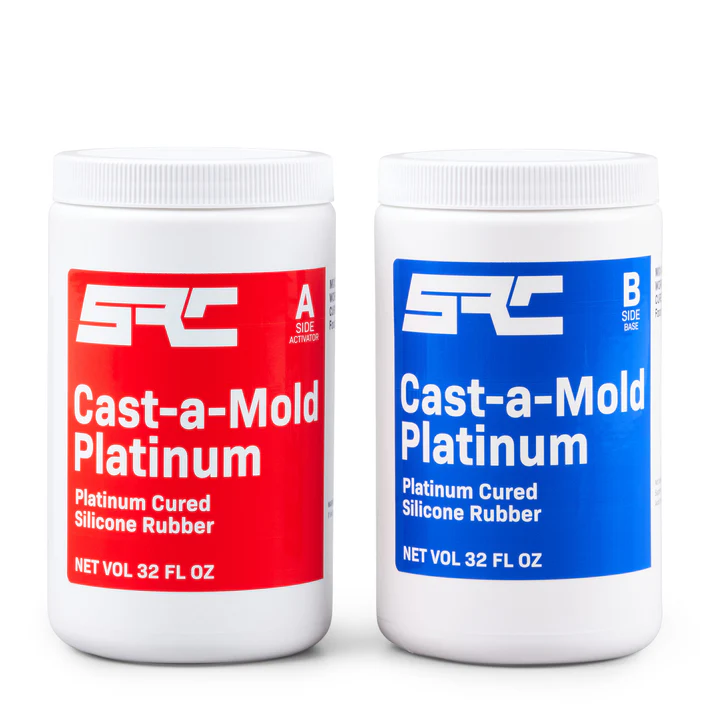
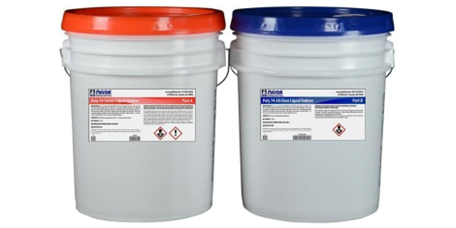
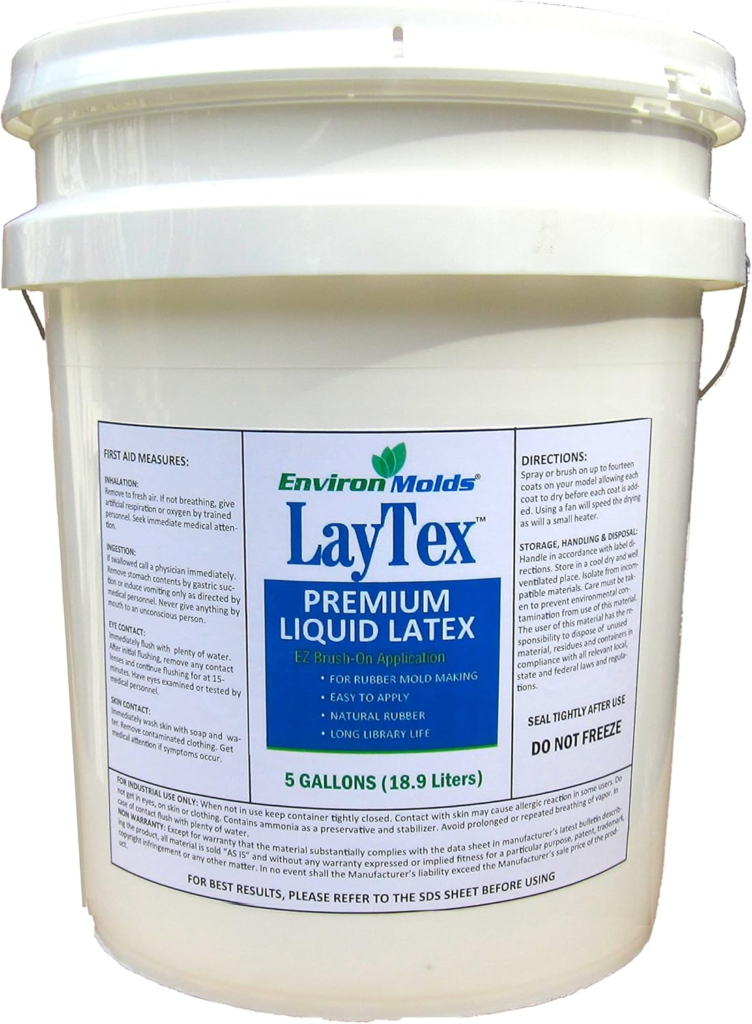
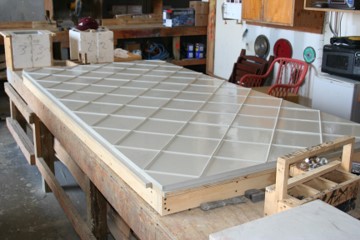


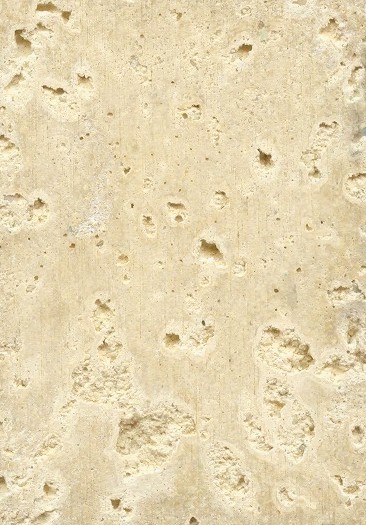




Wow, I had no idea liquid rubbers were so versatile! It’s amazing how they’re used in everything from crafting to construction, and even in the arts and restoration. I love how different types of rubber cater to specific needs—whether it’s the flexibility of silicone or the durability of polyurethane. It really shows how important it is to understand the material you’re working with to get the best results. I’m especially intrigued by the idea of using liquid rubbers in creative projects like sculpture and film props. Definitely gives me some ideas for future DIY projects!
Hi Kelly, Thank you for your comments, silicones are the leader in most applications, but they come at a additional cost.
Regards Rob